This article is brought to you by Datawrapper, a data visualization tool for creating charts, maps, and tables. Learn more.
Data Vis Dispatch,
November 30
The best of last week’s big and small data visualizations
Welcome back to the 24th edition of Data Vis Dispatch! Every week, we’ll be publishing a collection of the best small and large data visualizations we find, especially from news organizations — to celebrate data journalism, data visualization, simple charts, elaborate maps, and their creators.
Recurring topics this week include increasing COVID cases in Europe and the new Omicron variant, visualizations on air pollution, and some last, beautiful #30DayMapChallenge maps.
First, something nice. Last week, lots of you celebrated Thanksgiving — and as Vox reminds us, there is lots to be thankful for. (As Michelle Rial reminds us, after eating lots of good food, dishes need to be done:)
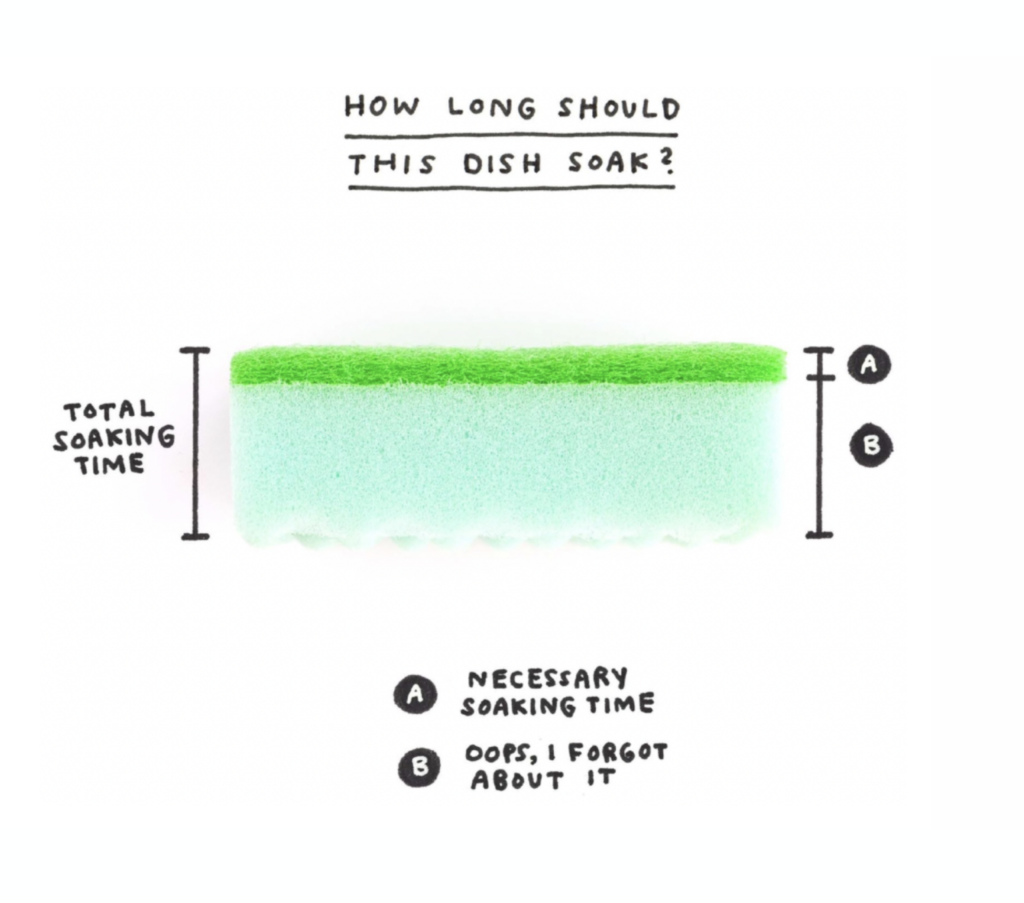
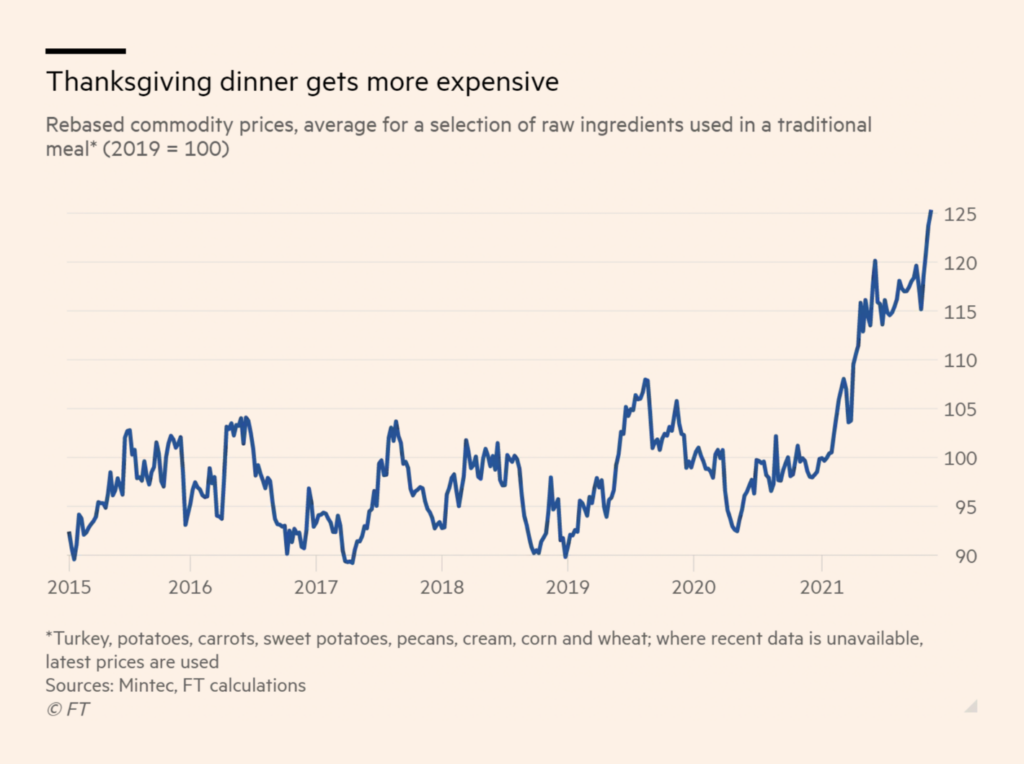
Now, the less pleasant news: Covid cases and hospitalizations in Europe have been rising. Here in Germany, cases are higher than ever. According to official numbers, by now more than 100,000 people have died of COVID-19 in Germany, as SPIEGEL and Moritz Klack show strikingly:

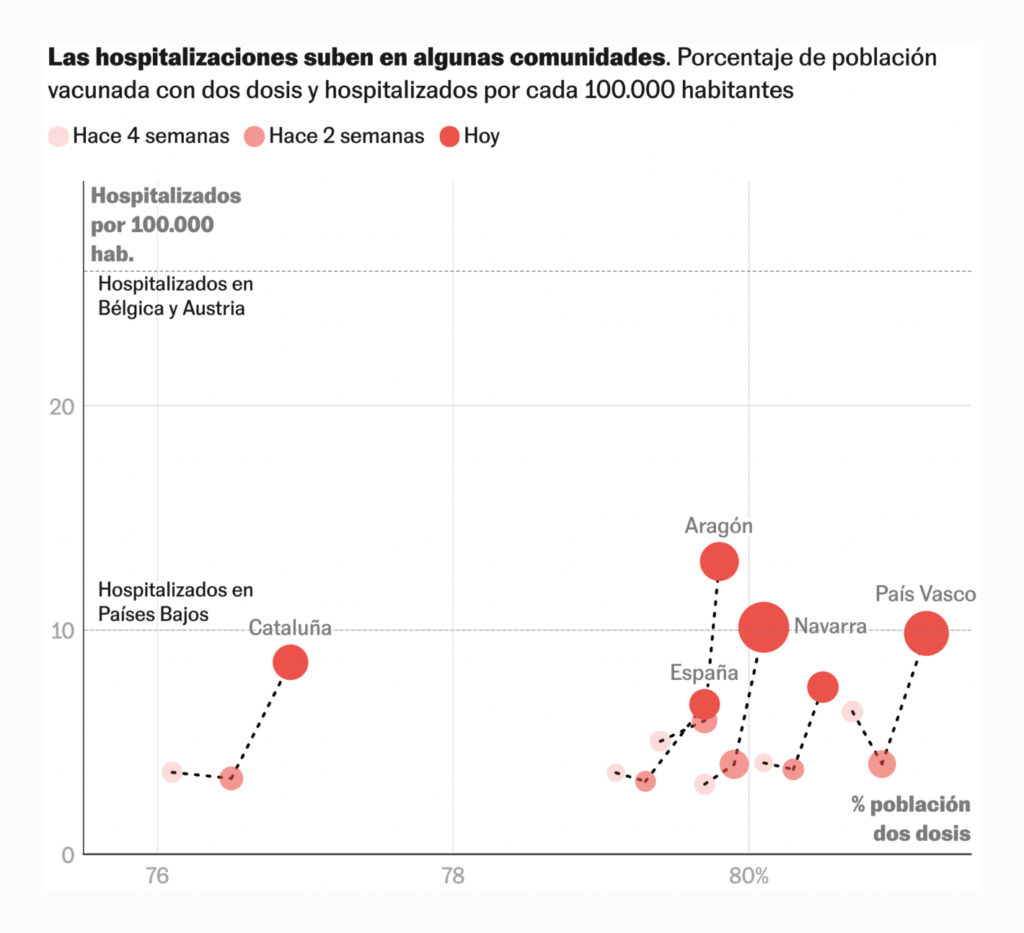
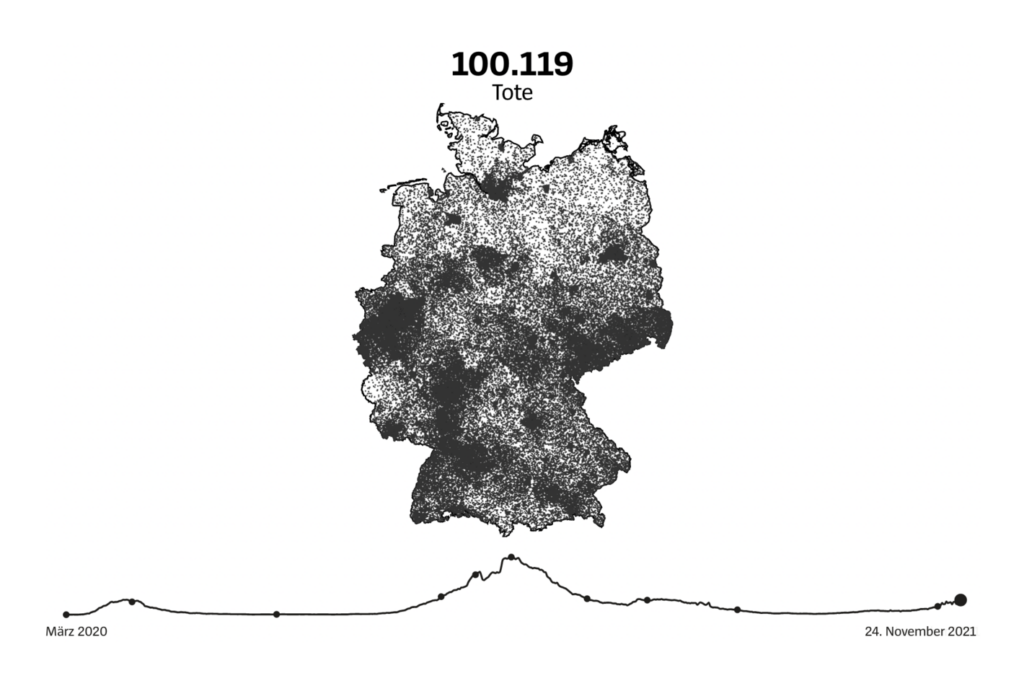
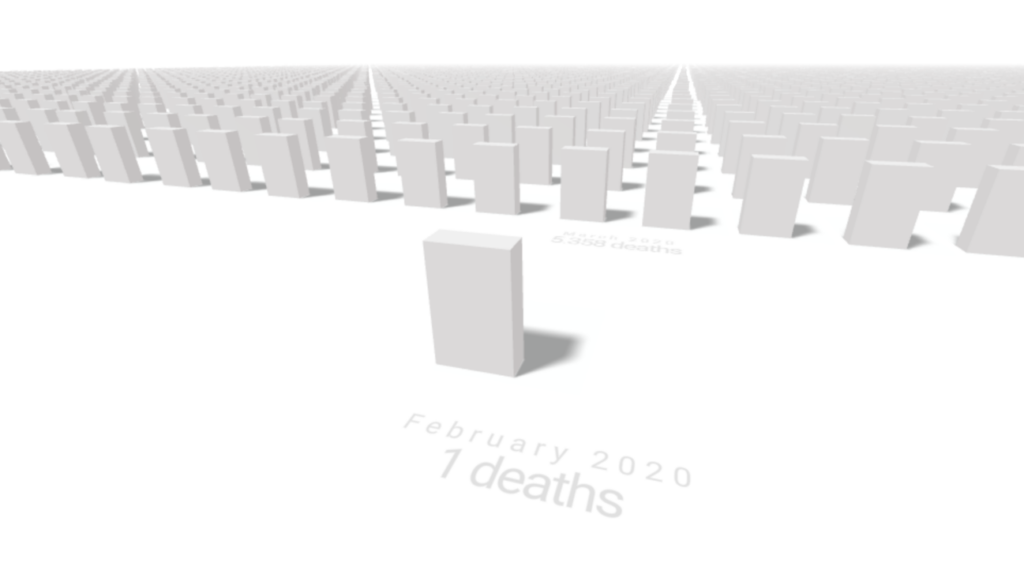
What’s more: After Delta, there’s a new SARS-CoV-2 variant called Omicron. The Financial Times reported about it five days ago when it was still called B.1.1.529:


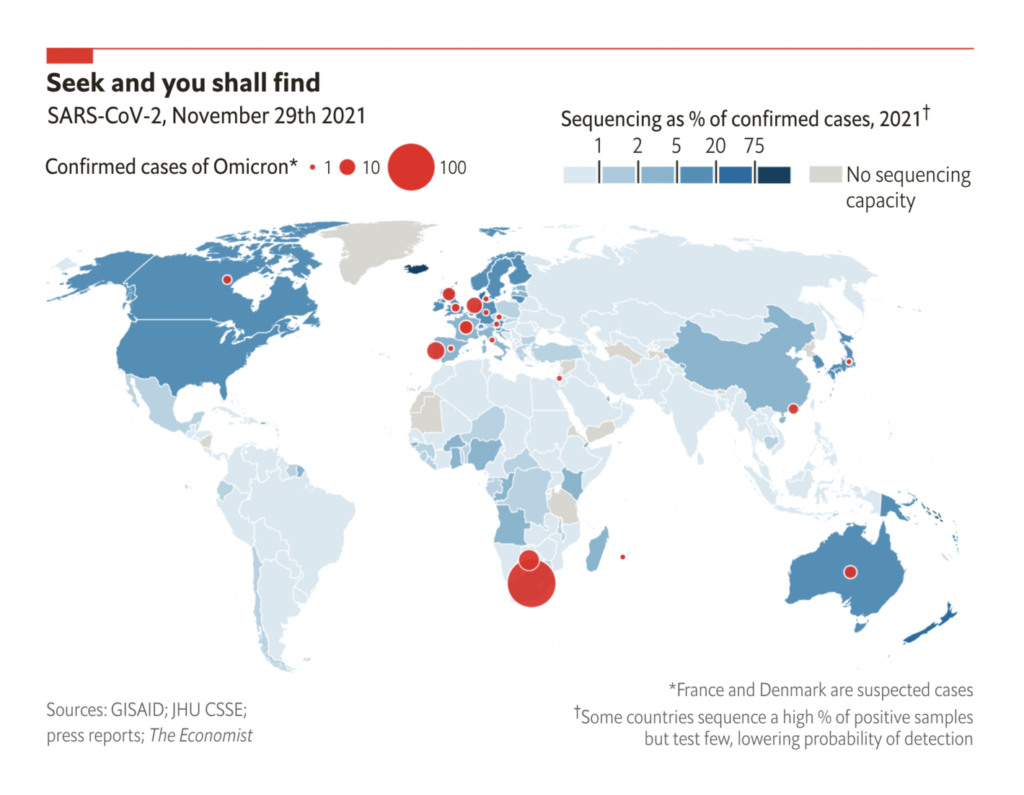
But vaccines still work — and hopefully will also do so against Omicron — as many newspapers keep showing. Likely inspired by Mark Rummy‘s popular Venn diagram, the graphics reporters at the Neue Zürcher Zeitung and El País both use circles and dots to explain why there are as many or even more vaccinated people hospitalized as unvaccinated:
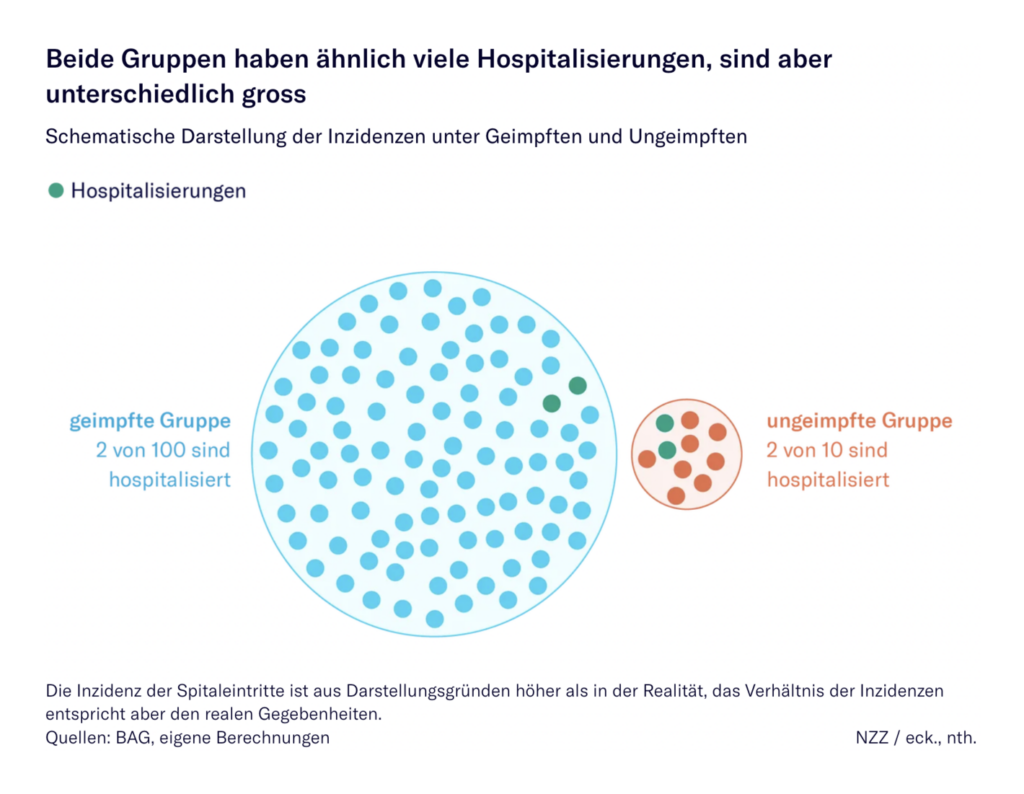
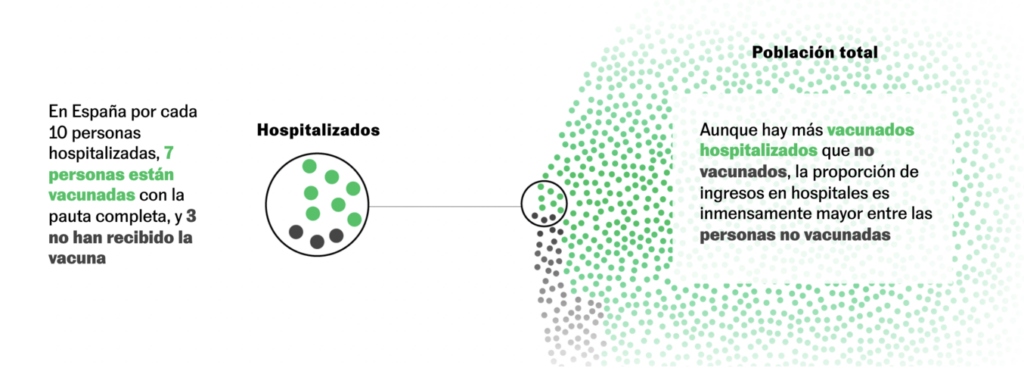
Graphics journalists also show that more and more people in Western countries are getting a third COVID vaccine, while most people in low-income countries haven’t had any:
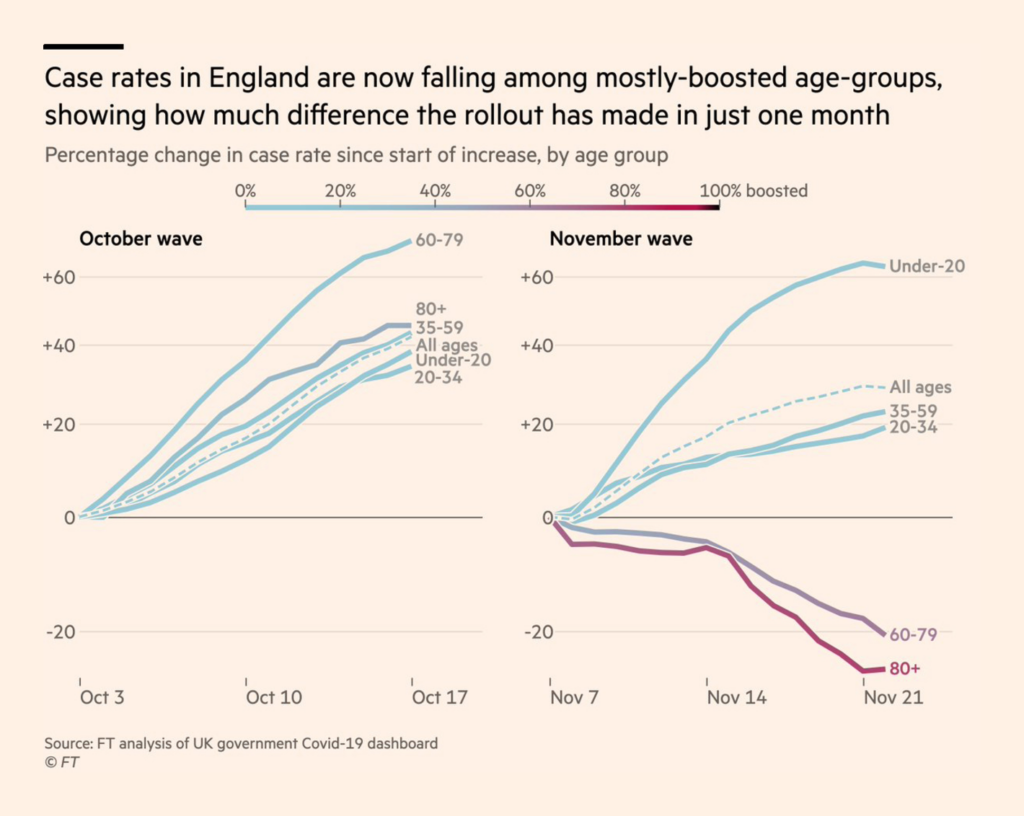

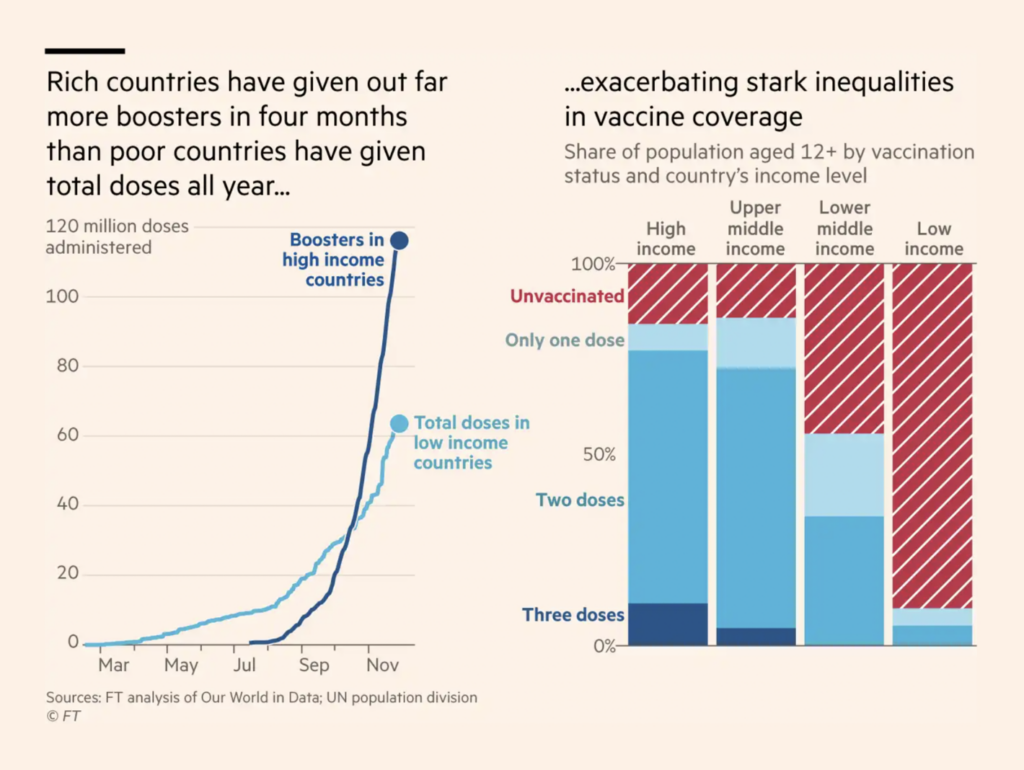

How did and how should societies, economies, and governments react? Like in so many weeks before, journalists try to find answers:



Let’s switch topics and look at what’s happening in sports. The 2021 FIFA Arab Cup starts today, and Al Jazeera shows data about teams and players with beautiful colors and shapes:


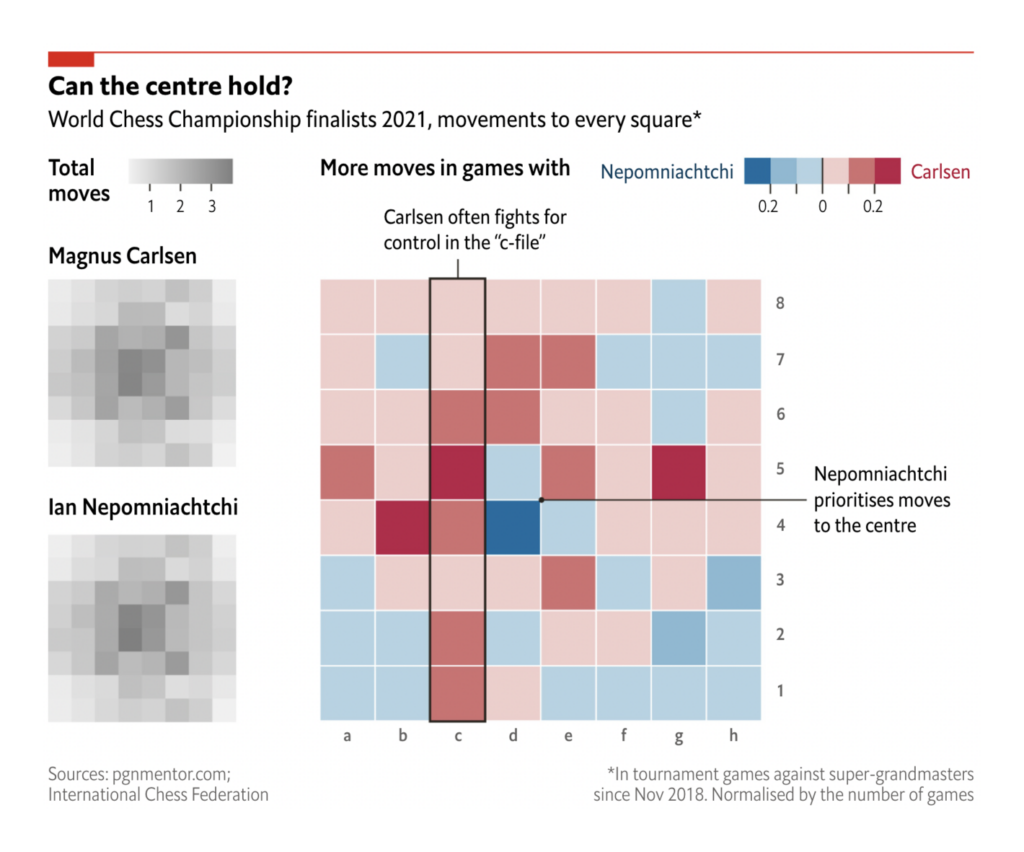
In politics, elDiaro uncovers the “frenetic creation and destruction of thousands of jobs every day” in Spain, while Hungarian news outlet Átlátszó shows how people in Hungary move from the east to the west:
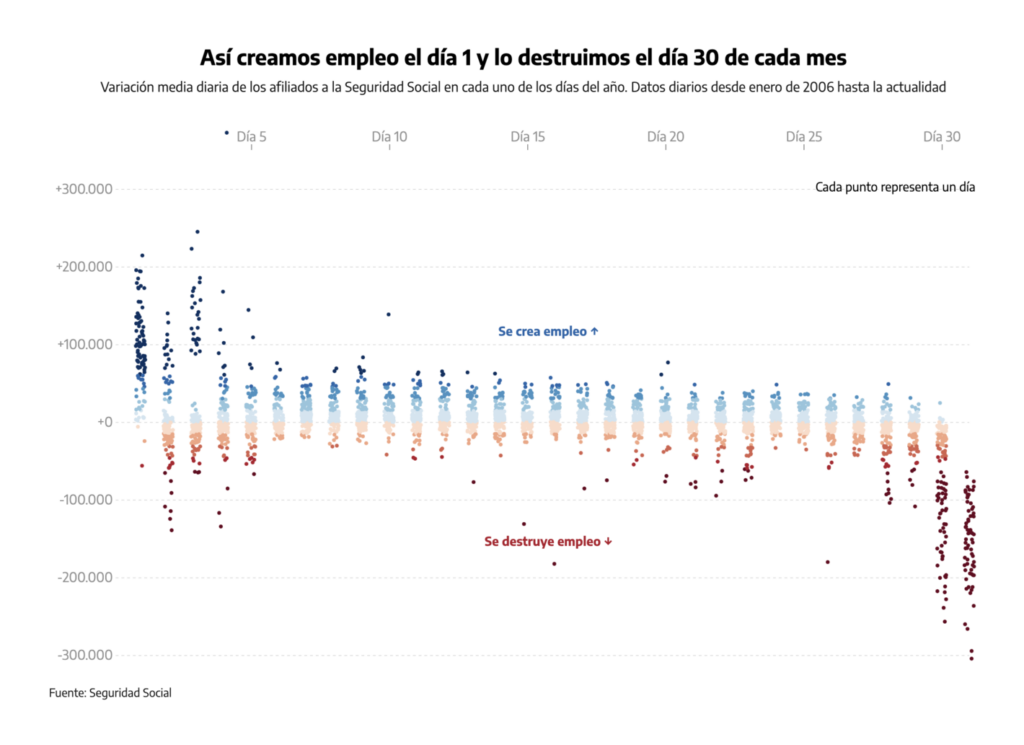

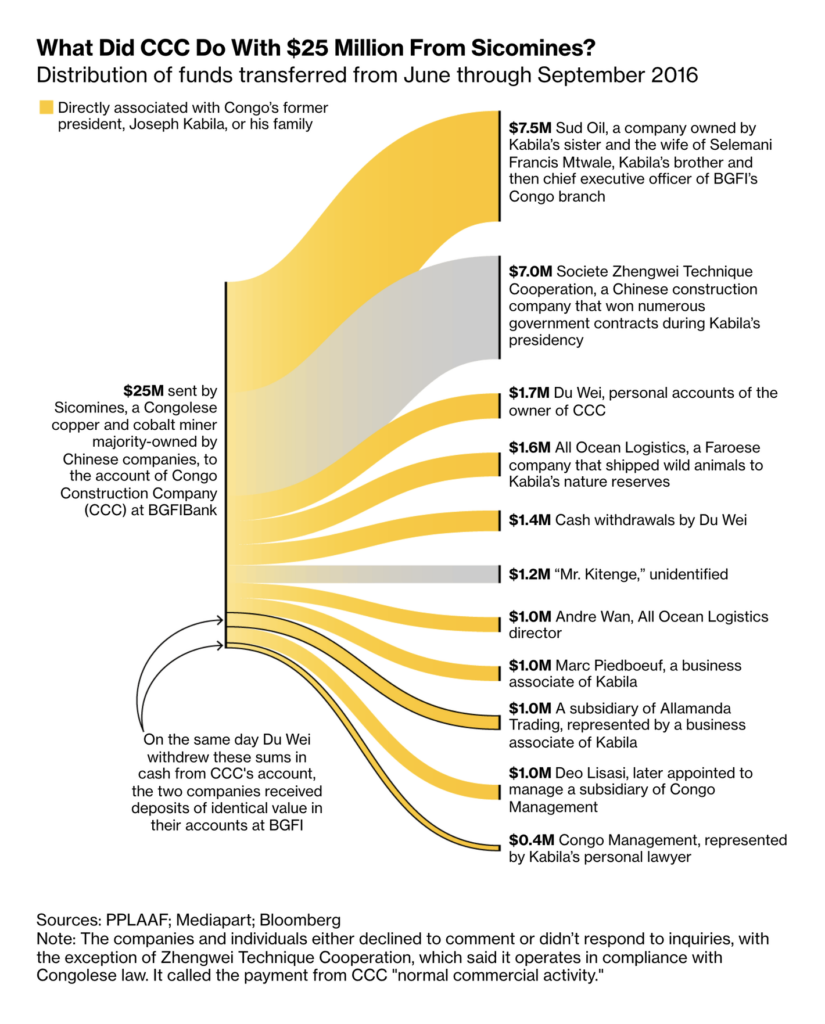
And Swiss news sites reported about the referendum that backed the government’s COVID policy:
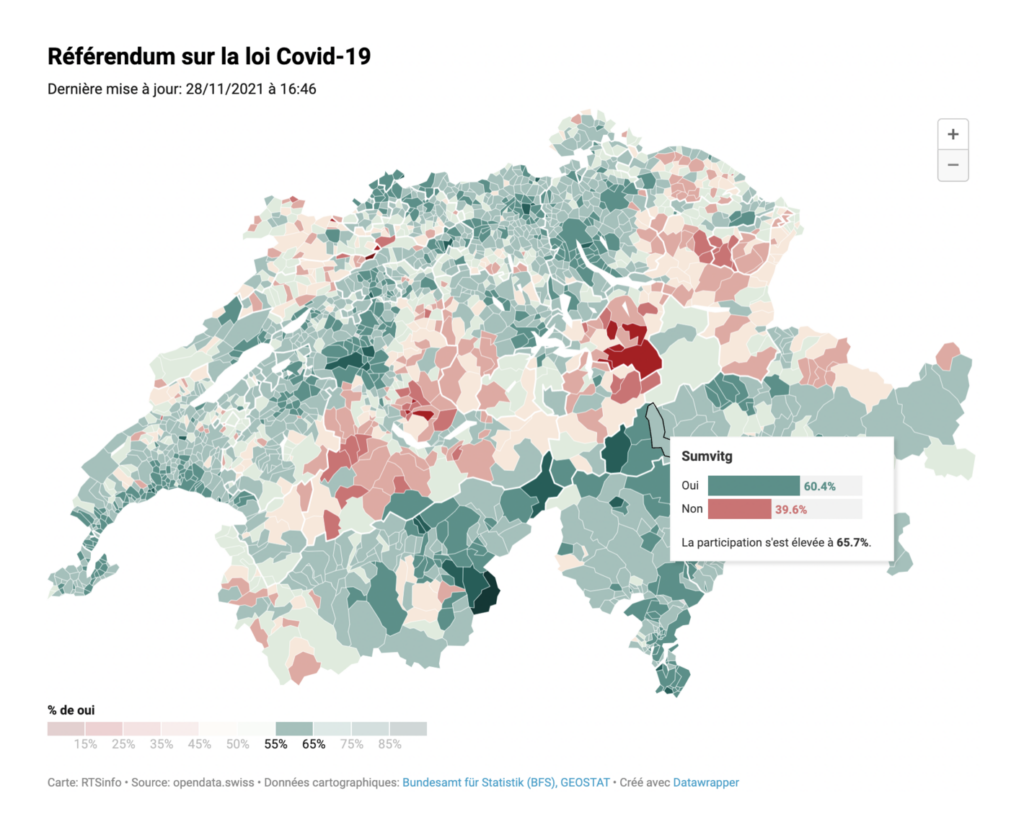
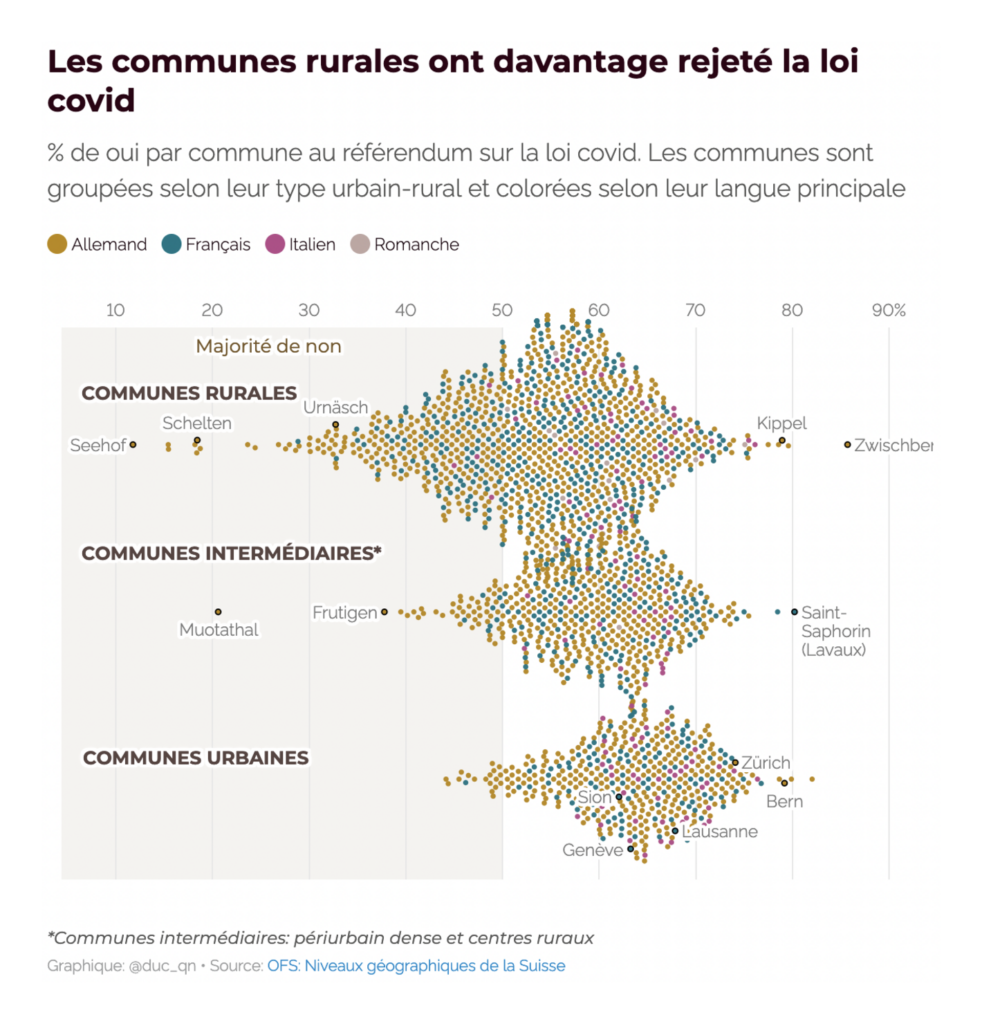
In economics, we still see most things rising: Inflation, house prices, and the number of Turkish lira you get for one U.S. dollar:
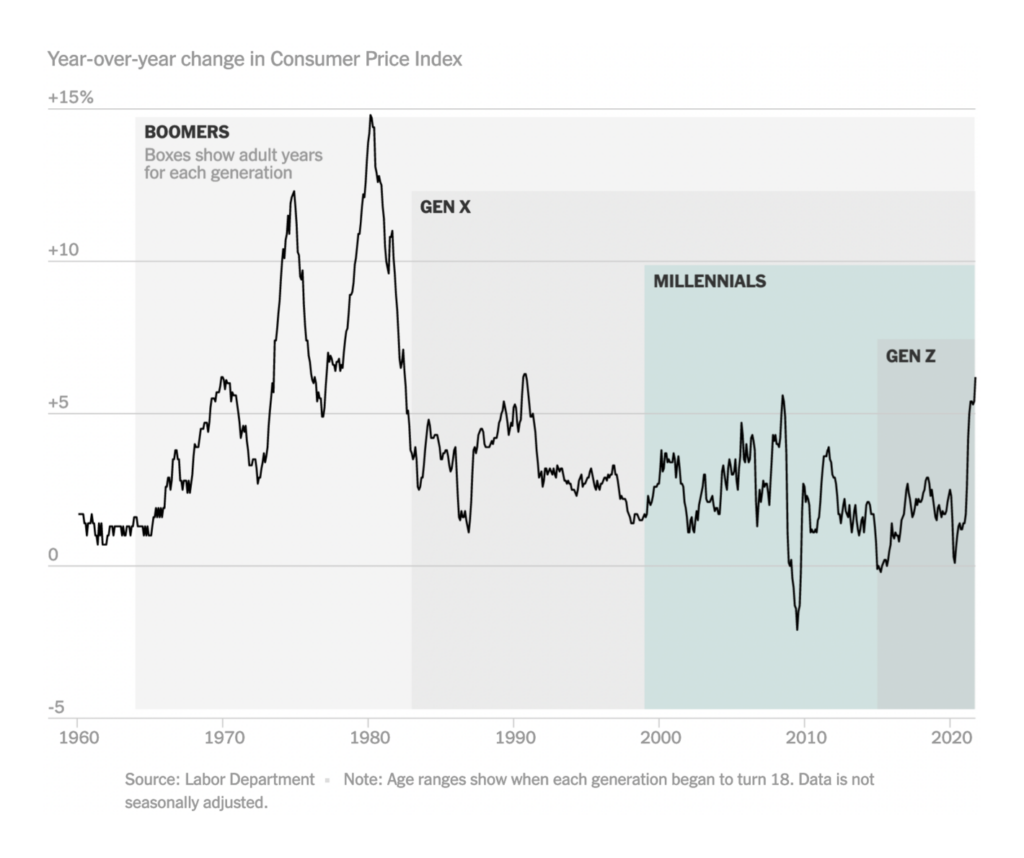
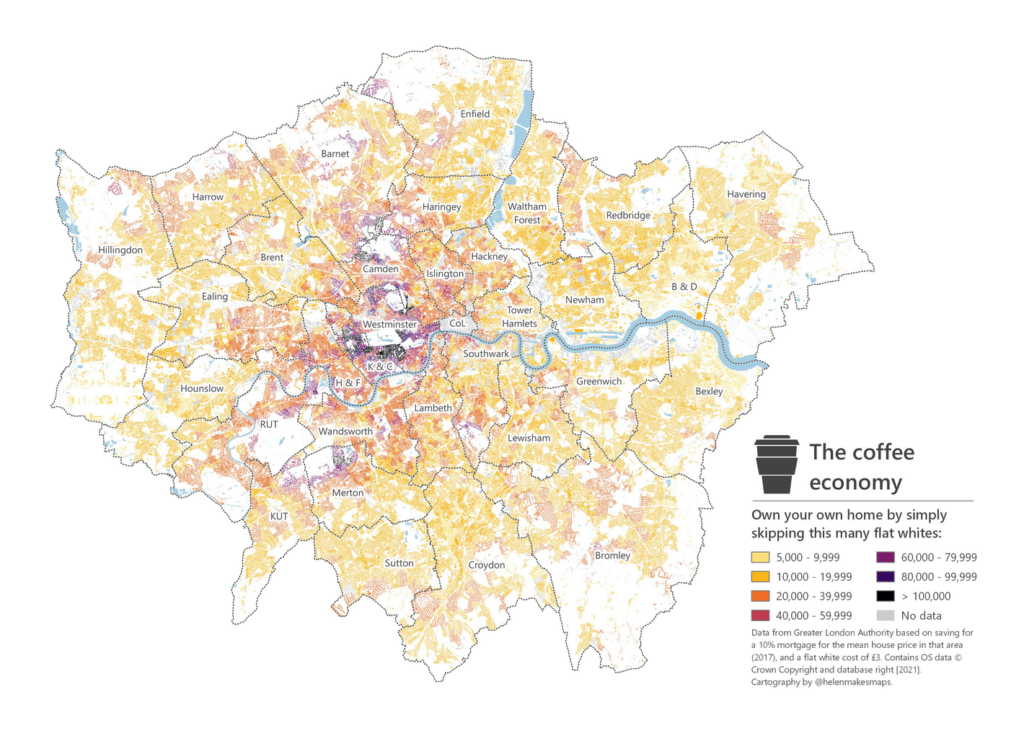
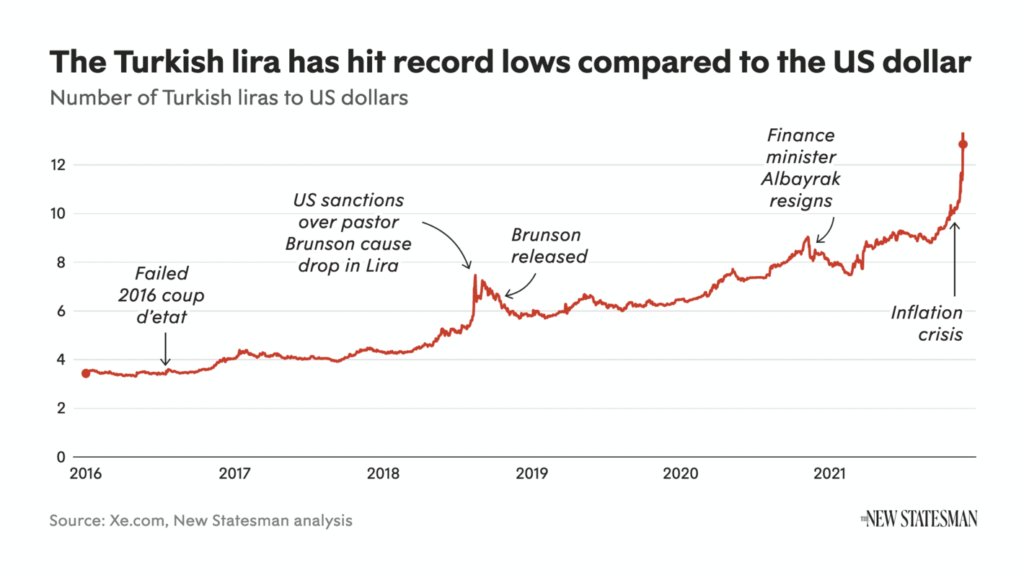
Impressive (and worrying) maps are created by Bloomberg and the Financial Times to report on the enduring global supply chain problems:
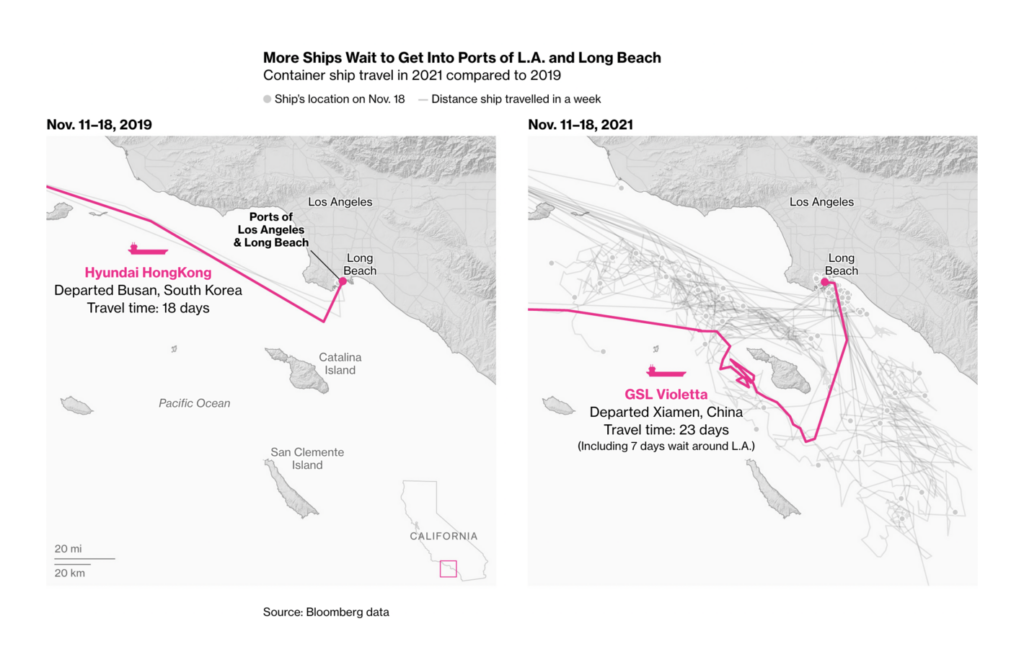
If this isn’t the first time you’re reading the Data Vis Dispatch, you know which topic is still missing: The climate crisis and its consequences. Here’s new and newly visualized data on rising temperatures:

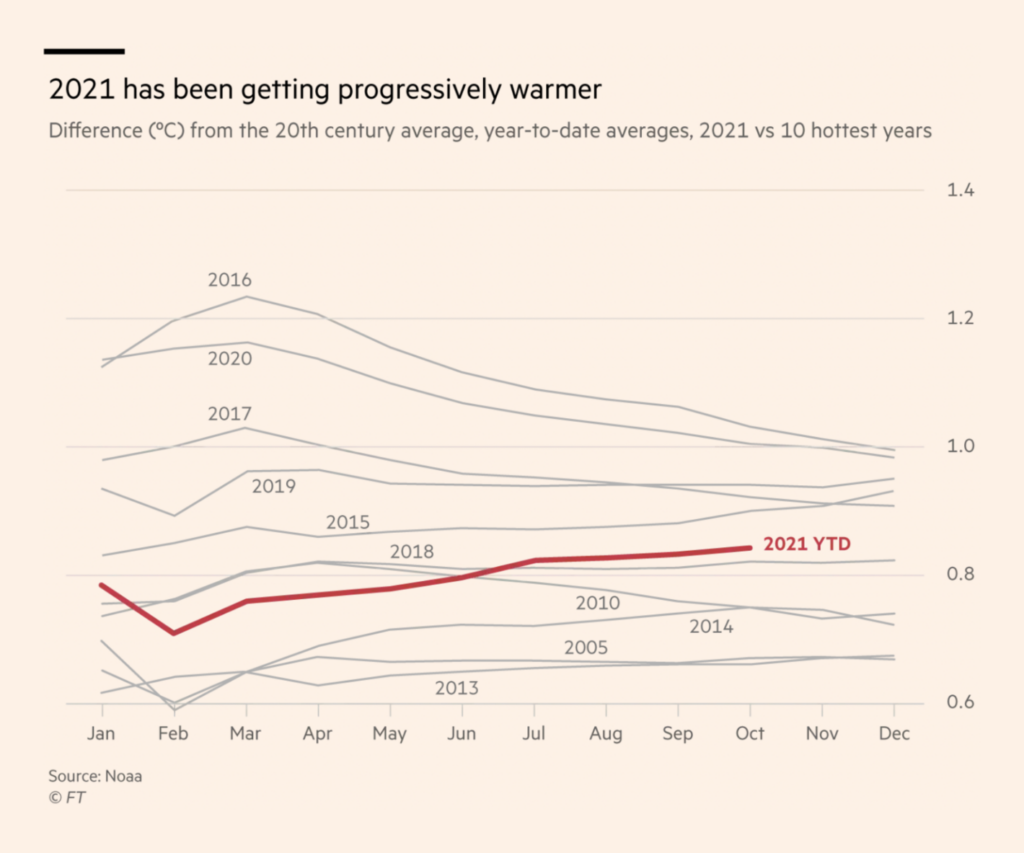
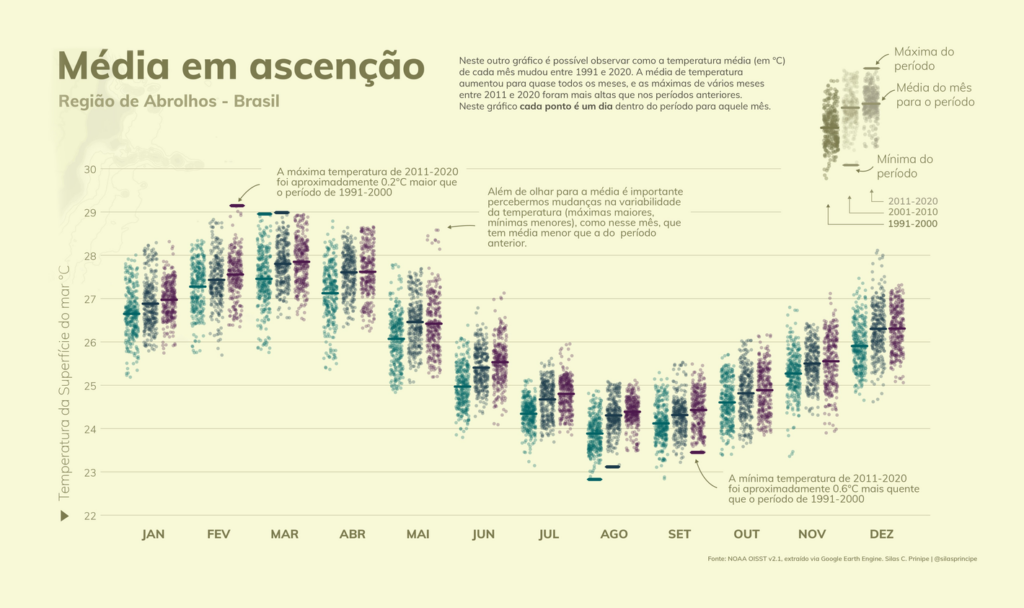
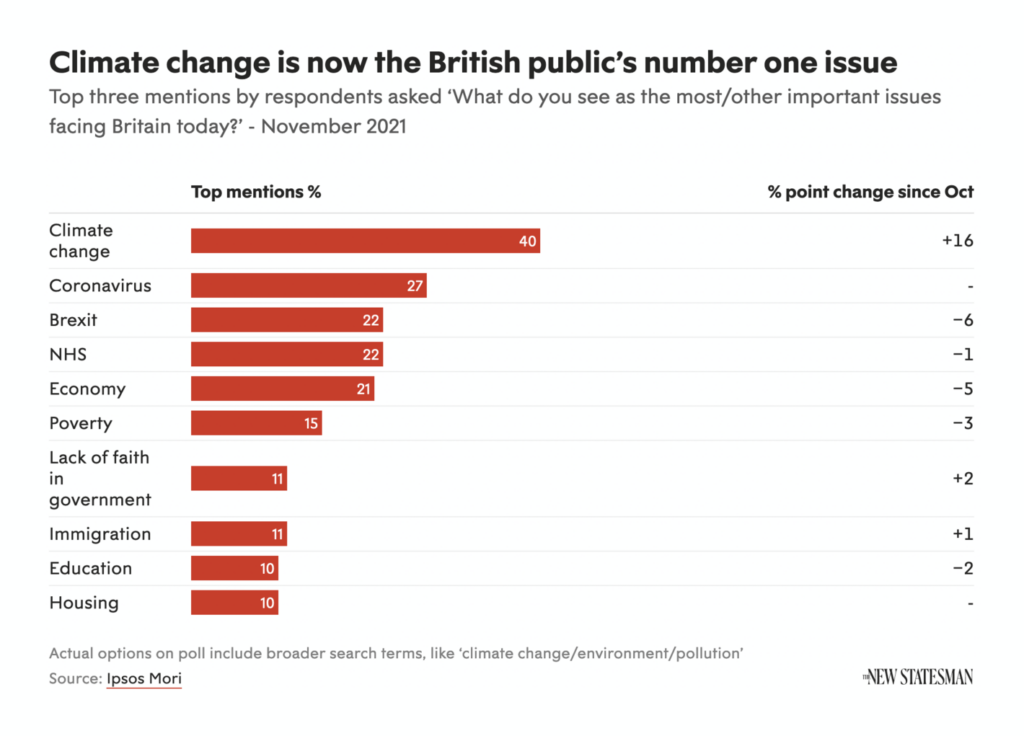
As a consequence of climate change, flooding becomes more likely and more severe:


Surprisingly many organizations visualized data about air pollution in the past seven days. Our World in Data, Reuters, and ProPublica all showed different aspects of it:

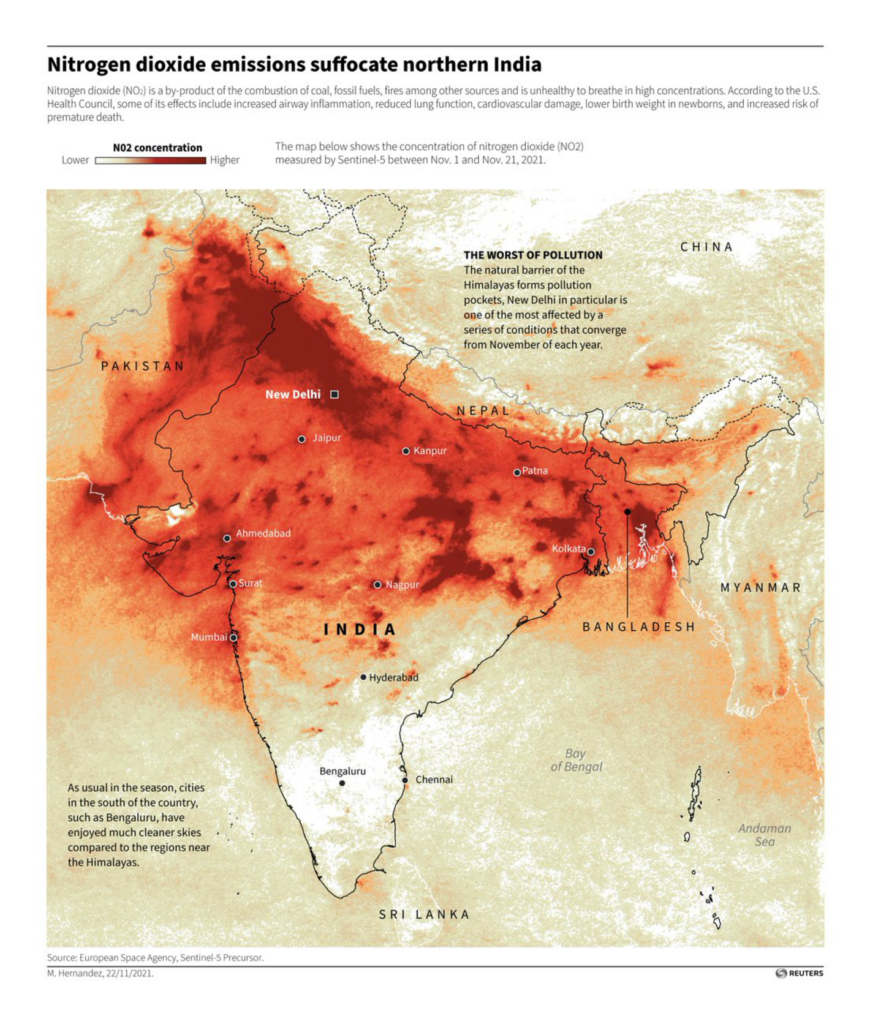

For our “well, these visualizations can’t be really sorted into any of the above categories, can they” category, you all created visualizations about hours spent in front of the TV during the pandemic, electric cars, feeder bird hierarchy (!), the Orient Express, and the new Reina Sofía collection:
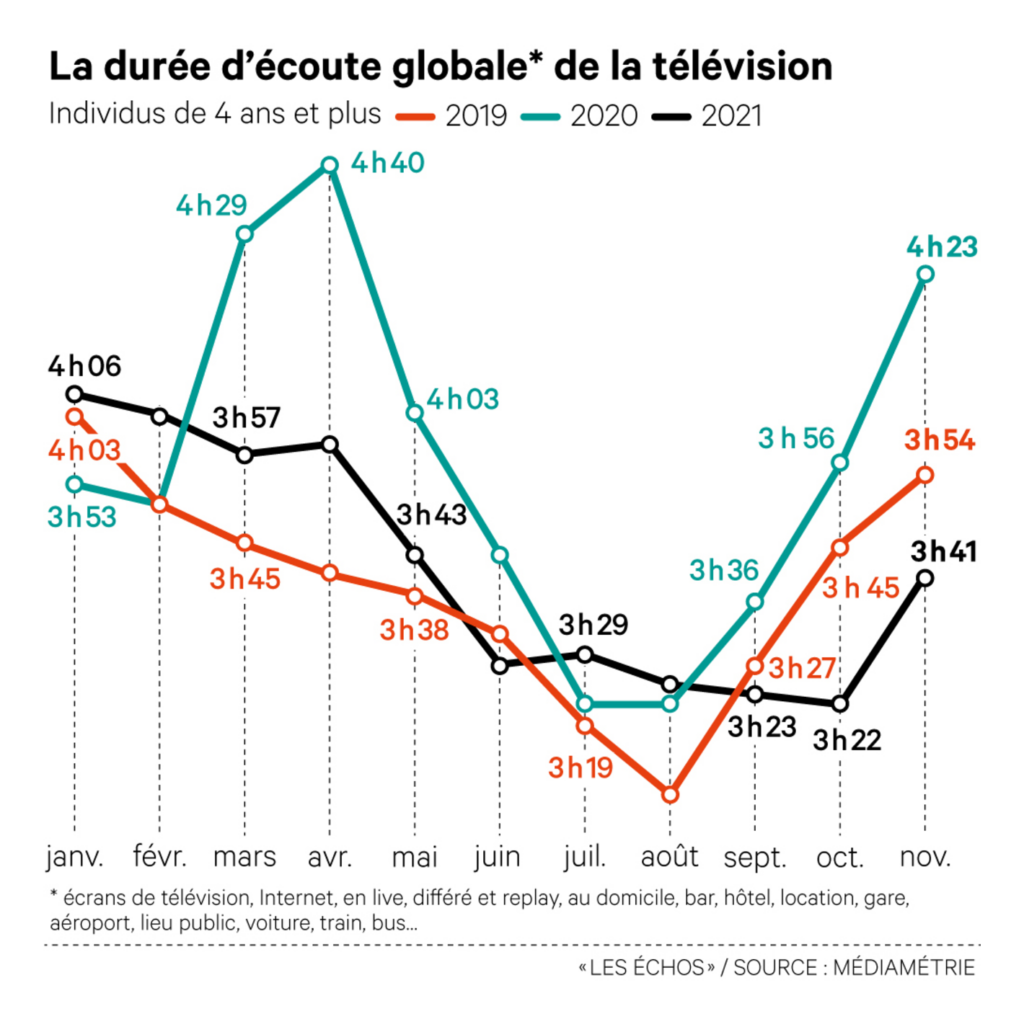

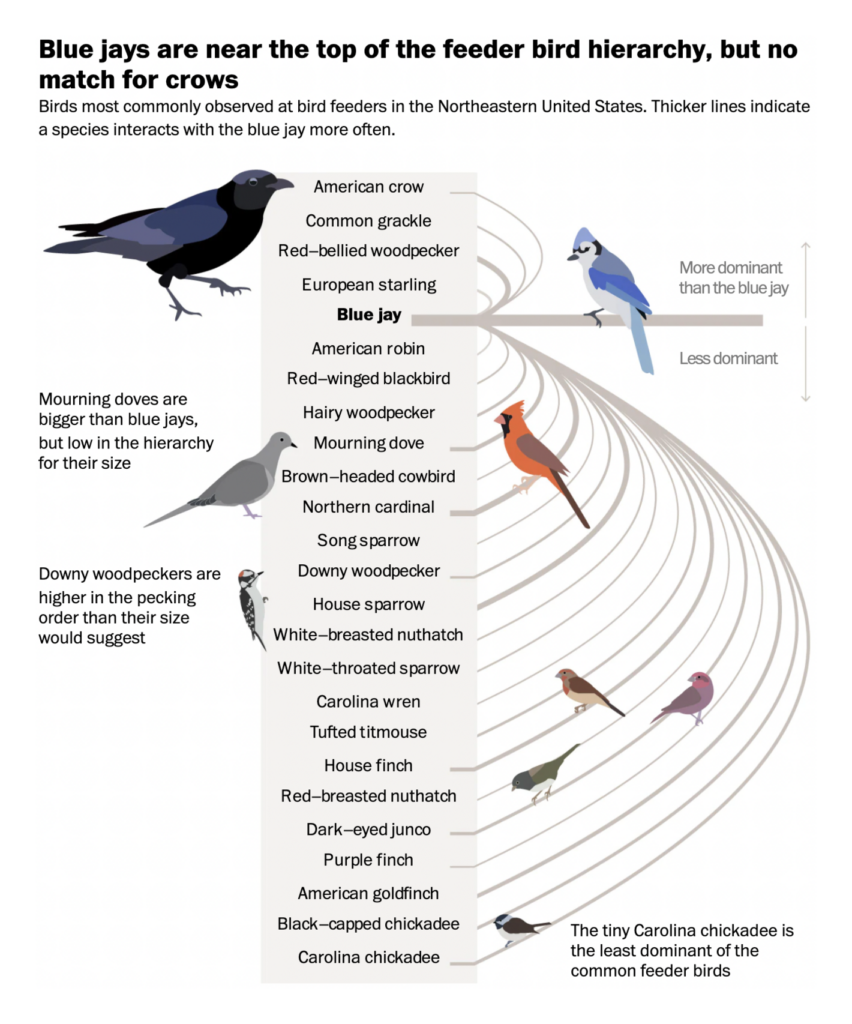
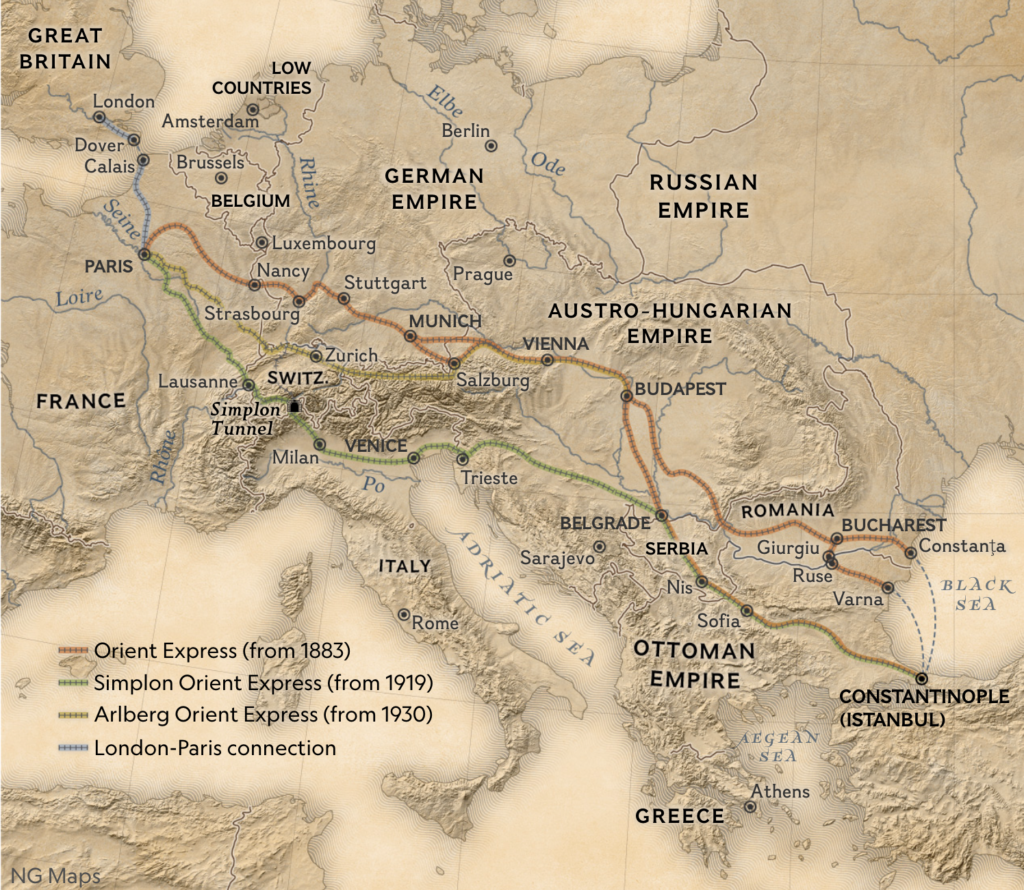

And one more time, we can show you some beautiful maps from the #30DayMapChallenge that ends today. Thanks for initiating and organizing it every year, Topi Tjukanov!
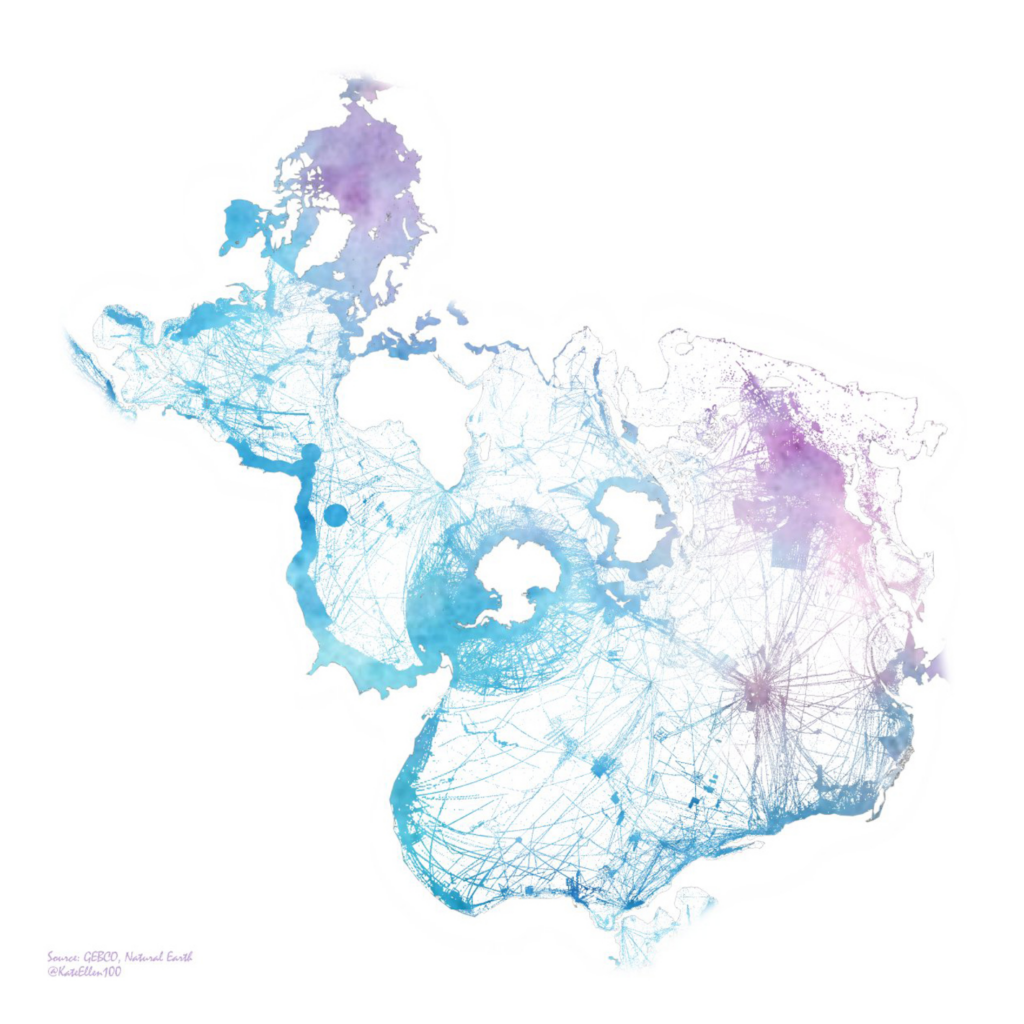

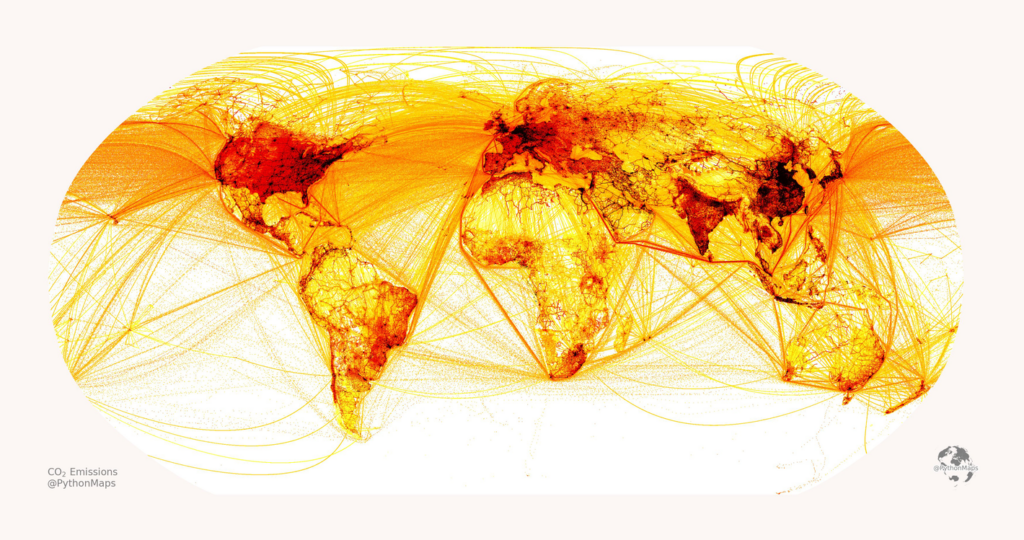
What else we found interesting

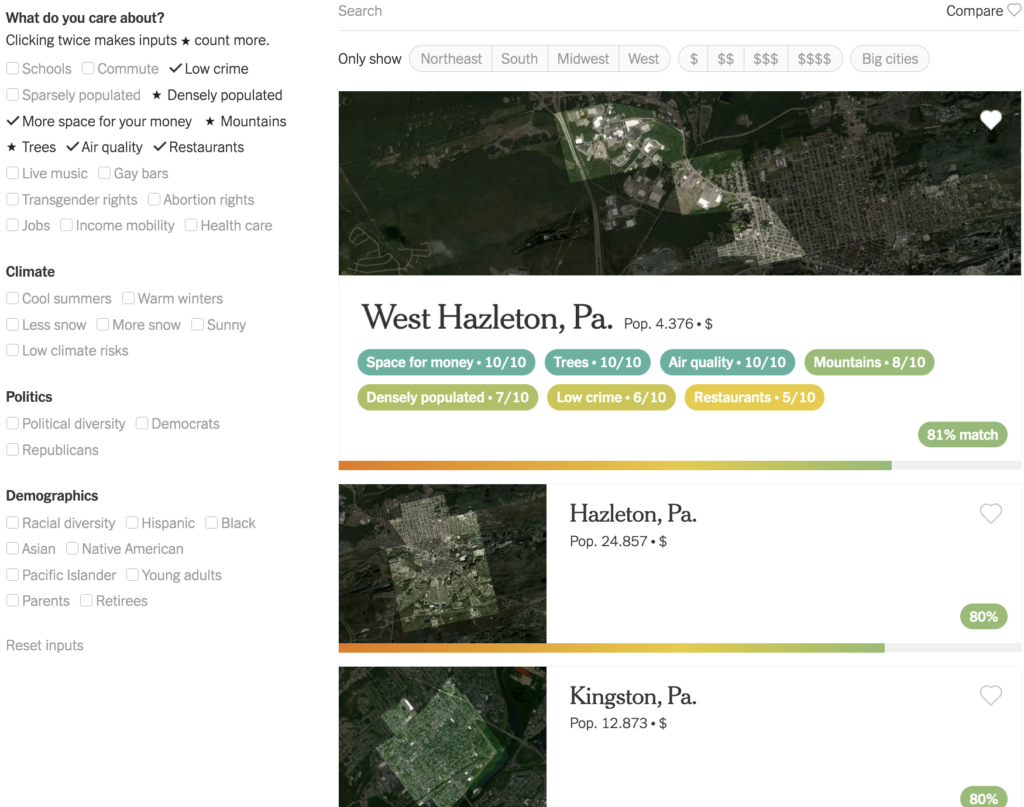
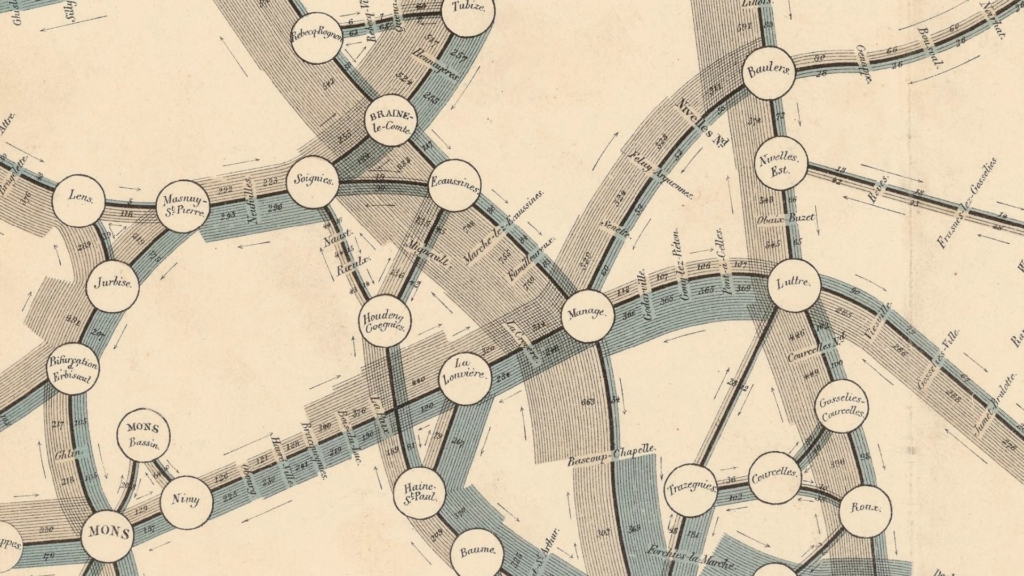
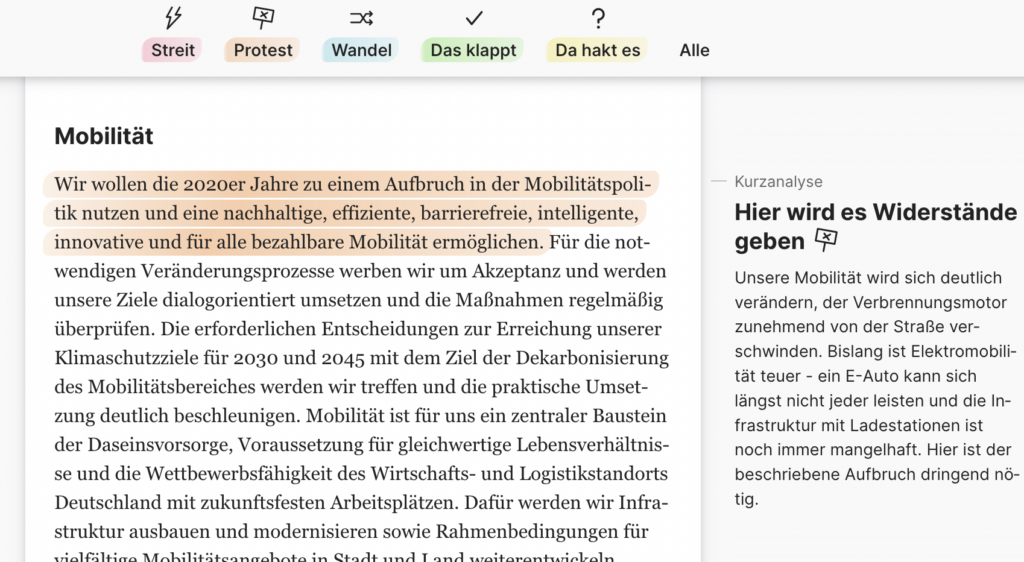
What’s more:
- The 2022 Sigma awards that “celebrates the best data journalism from around the world” now accept entries until January 7 (Tweet). Send them your best data journalism projects here.
- Bloomberg is looking for graphics journalists in Tokyo, Singapore, Mumbai, and Hong Kong. Apply here.
- Northeastern University (Boston campus) is looking for a tenure-track Assistant Professor in Information Design and Data Visualization. Apply here.
Help us make this dispatch better! We’d love to hear which newsletters, blogs, or social media accounts we need to follow to learn about interesting projects, especially from less-covered parts of the world (Asia, South America, Africa). Write us at hello@datawrapper.de or leave a comment below.
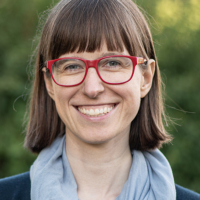



Comments